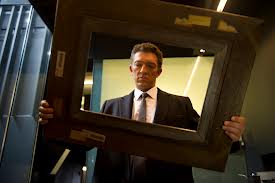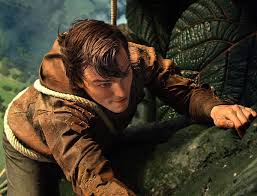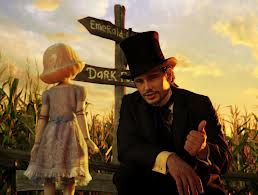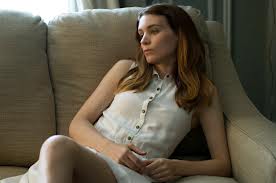The BBFC consumer advice for Trance, the new film from Danny Boyle, reads: “contains strong bloody violence, gore, sex, nudity and strong language”. That summary will automatically turn off one audience, and cause another to rub its hands together at the prospect of some gleefully disreputable fun. Sadly for the latter viewership, Trance is a very minor work on the Boyle canon. It shares DNA with the much stronger Shallow Grave, but unlike that film the characters are hard to care about, and I found the plot surprisingly predictable.
To say too much about the story would be unfair, as perhaps not everyone will see the big twists coming, but the essential setup is this: auction house employee Simon (James McAvoy) recruits a gang of criminals to help him steal a Goya painting, only for the painting to mysteriously vanish. Believing they have been double crossed, the criminals led by Franck (Vincent Cassel) torture Simon, but when no information is forthcoming, they suspect amnesia, and send him to hypnotherapist Elizabeth (Rosario Dawson), to try and discover where the painting is hidden. From there, events rapidly take Inception-esque twists and turns, as memories reveal long buried secrets.
The big problem with Trance is that the screenplay is inherently superficial. That isn’t necessarily a problem in itself. Oceans Eleven, for instance, is gloriously superficial, but in that film one cares about the characters and the twists are genuinely unexpected. Here the main characters are quite reprehensible for one reason or another, and not in a good way. I say this because it is entirely possible to create a reprehensible character and make the audience sympathise, or at least empathise (Kind Hearts and Coronets for example has a serial killer for a protagonist).
Furthermore, as mentioned earlier, I found the plot predictable. The moment Simon steps into Elizabeth’s office I knew what the big reveal would be. This knowledge certainly blunted my enjoyment of what is admittedly a stylish, slickly directed, reasonably well-acted piece.
There is a sort-of moral (“no work of art is worth a human life”), and themes of obsession and revenge crop up, but they aren’t seriously explored. After all, this is hardly a cautionary tale. It’s a deliberately lurid, trashy, gruesome tale of criminals turning on one another once they’ve got away with a daring heist – often amid a hypnotherapy landscape that blurs fantasy and reality.
And it isn’t much cop.







